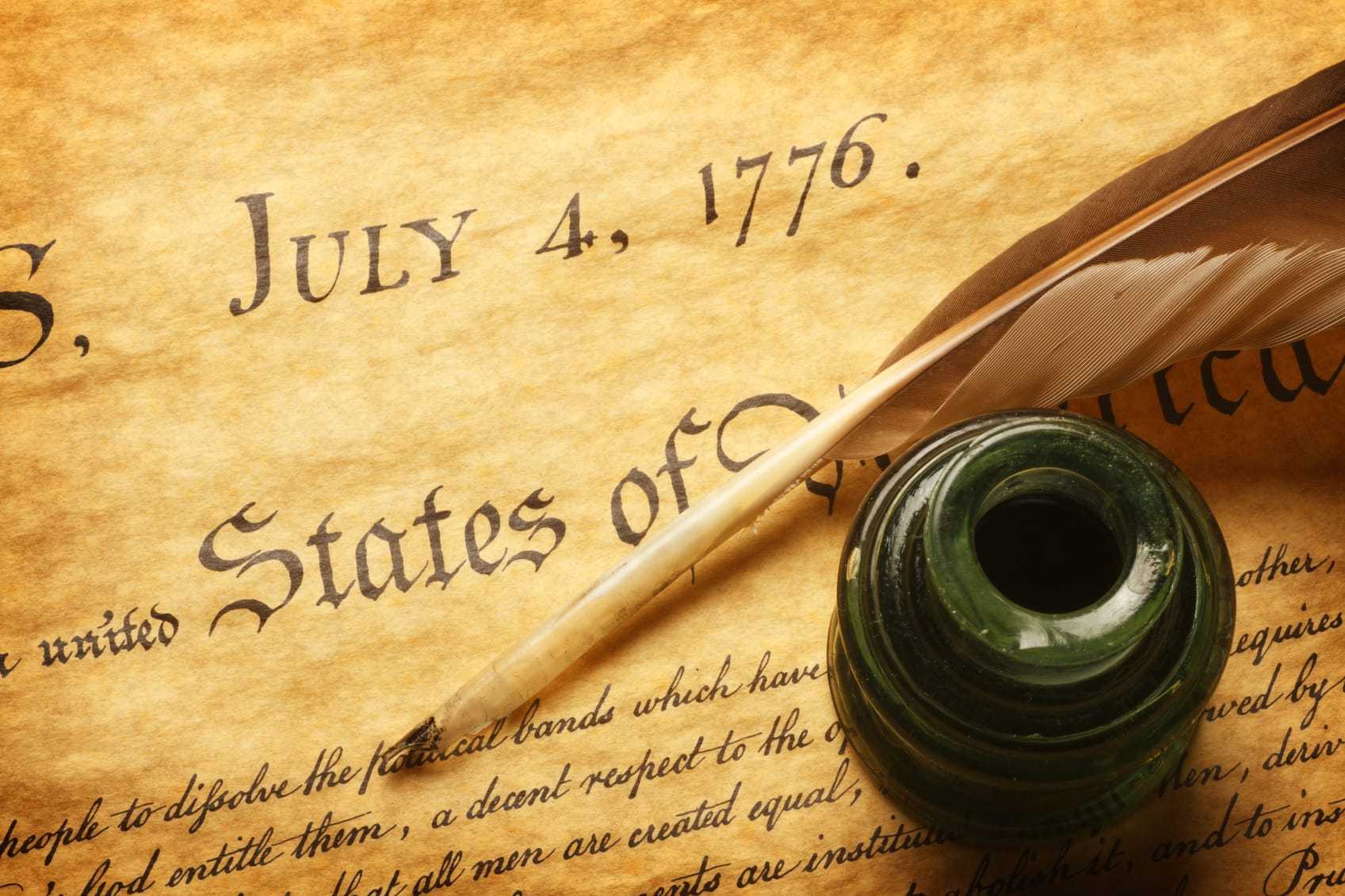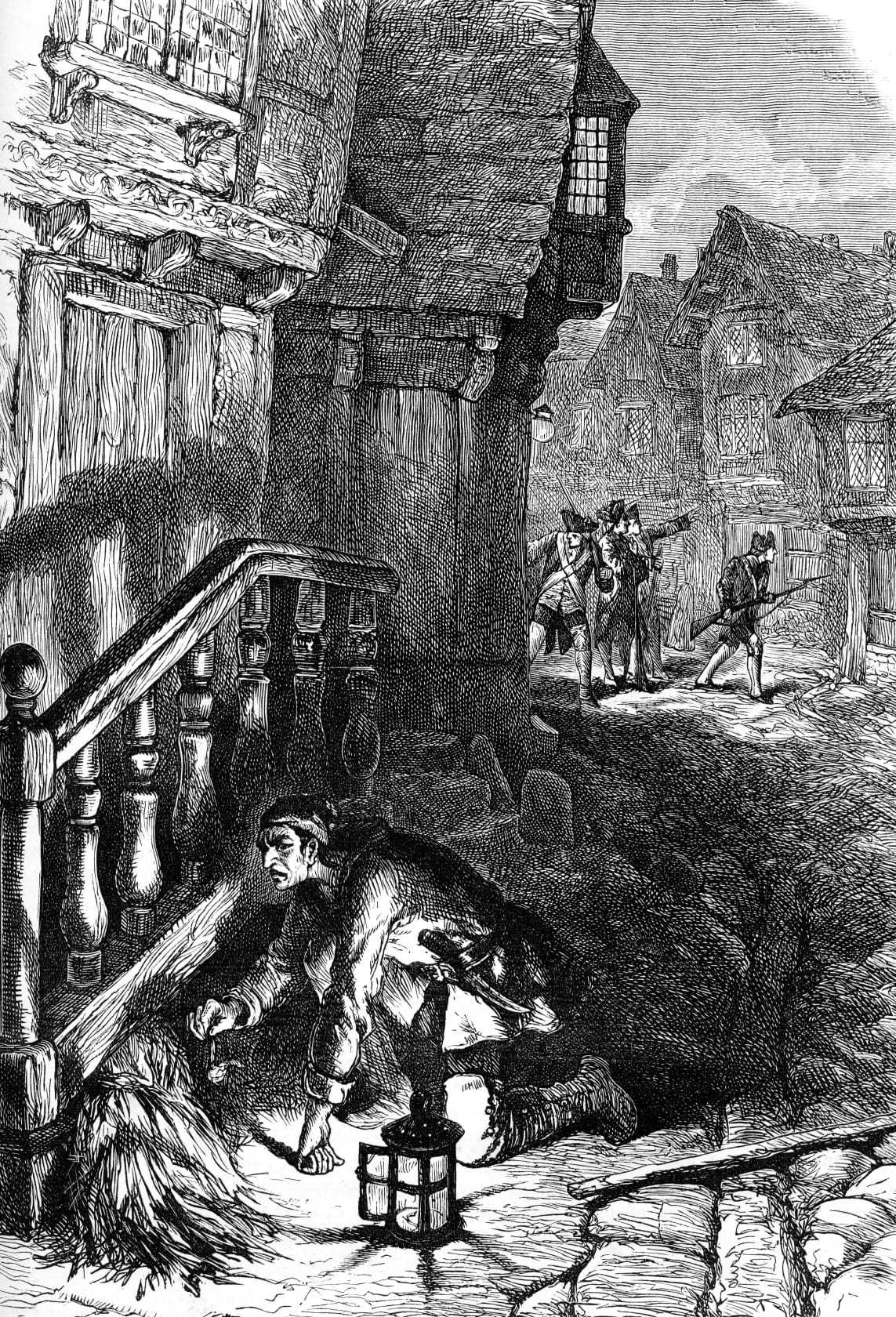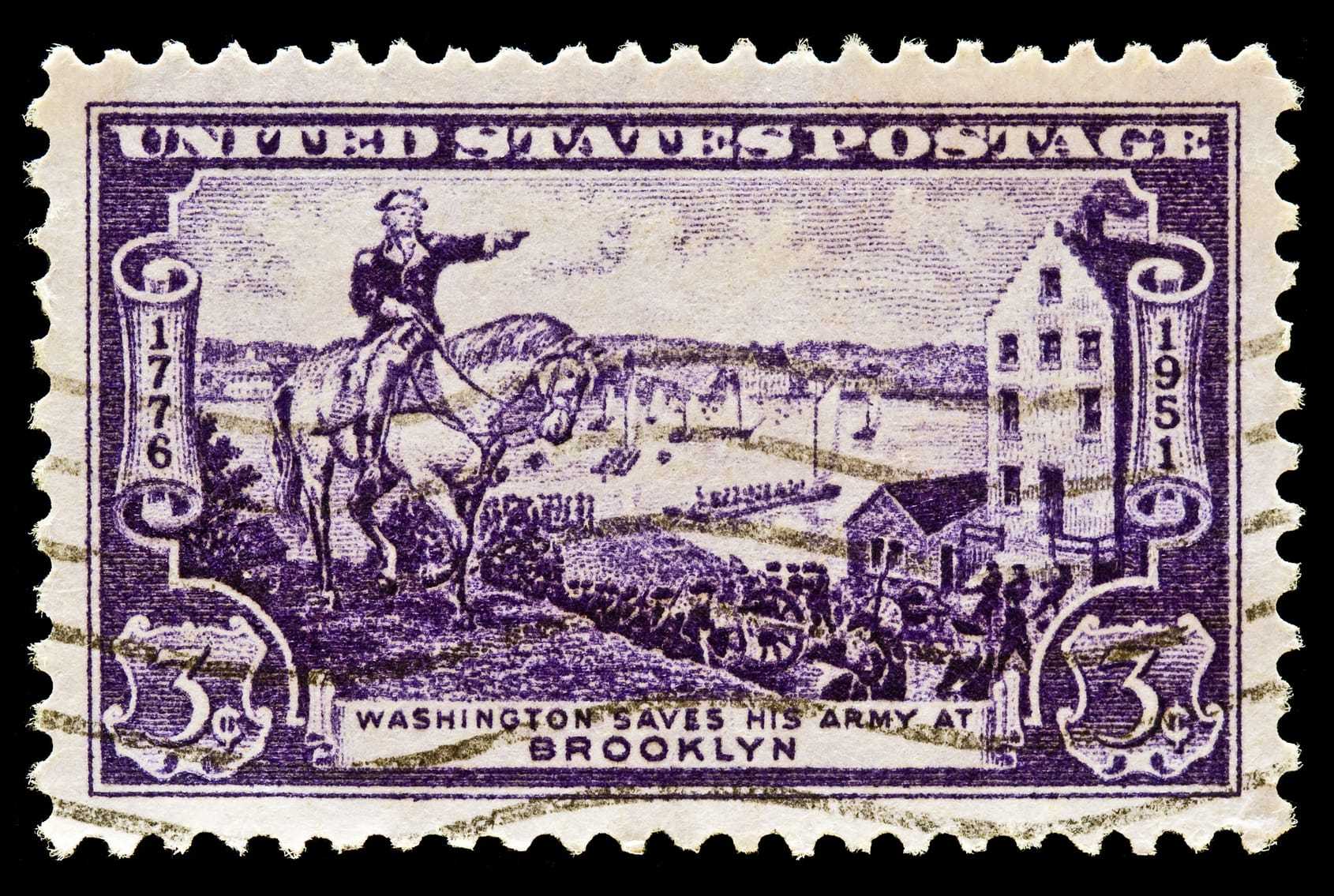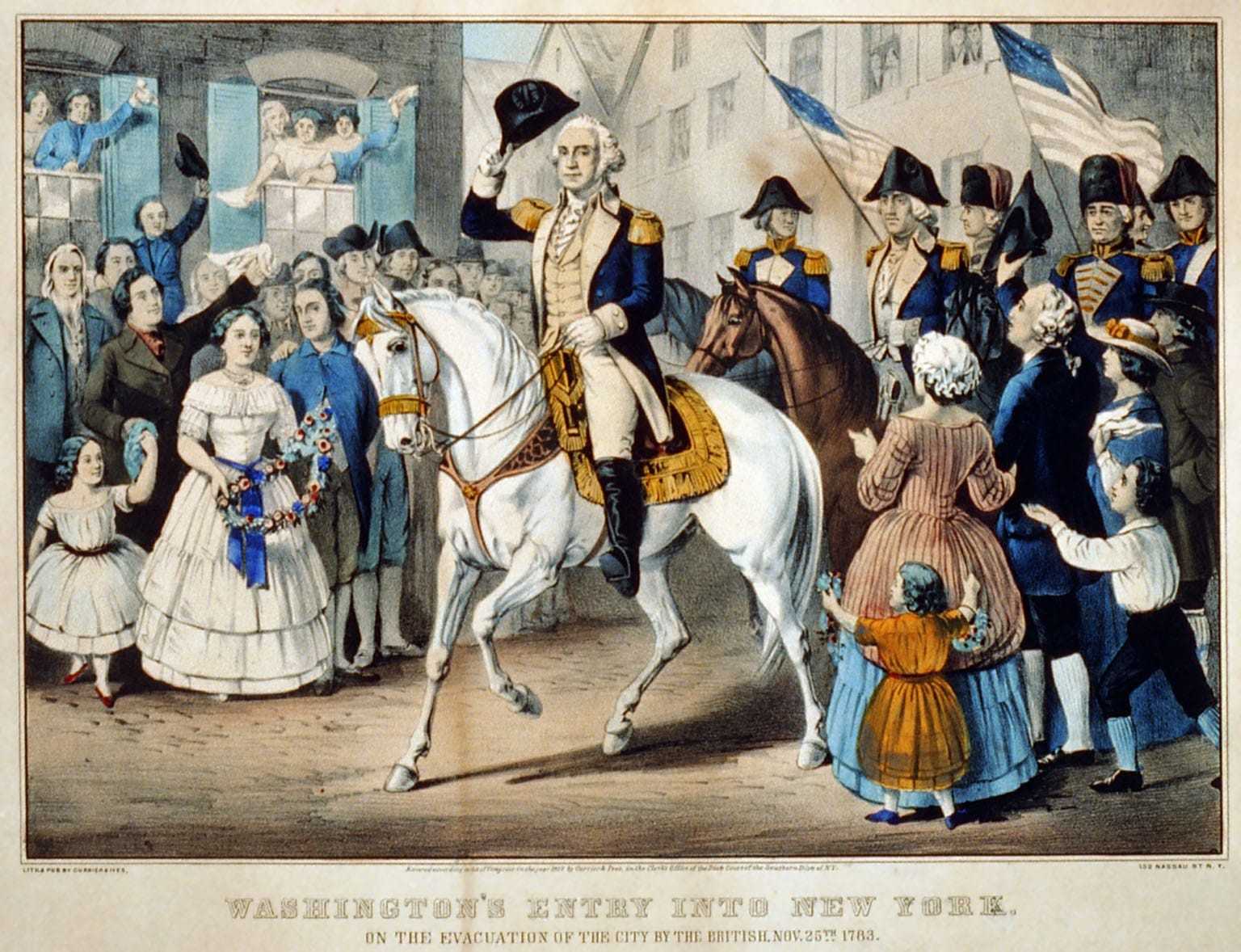We’re all familiar with the legendary heroes who fought to secure our independence from the British: George Washington, Benjamin Franklin, Paul Revere and his midnight ride. But there are many other influencers of the Revolutionary War whose names don’t immediately come to mind when reflecting on the birth of this great nation. Their efforts and contributions are no less significant or important to securing the freedoms we enjoy every day. The heroics of their lives and stories remain unsung, like many of those serving their country in the shadows today.
In celebration of the anniversary of American independence, July 4th, we are shining the spotlight on one such hero, a man who risked his life to save General George Washington. Twice. A man who helped convert Alexander Hamilton from a Tory to a Patriot. A man who successfully ran his own business and used that business to live among the British, befriending them and covertly acquiring information while overtly tarnishing his reputation with the Patriots.
That’s right, Hercules Mulligan.

An American Patriot Living Among the British
Hercules was born in Ireland in 1740. He and his family immigrated to New York when he was about 6 years old. In 1774 he opened a clothing emporium catering to the crème de la crème of New York society. He also catered to wealthy British businessmen and high-ranking British military officers. He employed several tailors but preferred to greet his customers himself, taking the customary measurements and building rapport among his clientele. His business thrived, and he established a solid reputation with the gentleman of the upper class and with the British officers. It was his associations within these circles that made it acceptable for him to marry the niece of Admiral Sanders of the Royal Navy.
Hercules harbored no allegiance towards the British despite his wife’s lineage or the demographics of his customers. In fact, he was a member of the Sons of Liberty, a secret society created to protect the rights of the colonists. He was also a member of the New York Committees of Correspondence and Observation, a group opposing the British through written communications. Hercules’s patriot tendencies were established a good ten years before the start of the Revolutionary War.

Hercules and Alexander Hamilton
In 1773 Hercules opened his doors to a young student named Alexander Hamilton who was in New York to complete his studies. The two had been introduced by Hercules’s older brother Hugh. Hamilton took up board with Hercules while attending King’s College (now Columbia University). It was during this time that Hercules, along with several others, had a profound impact on Hamilton.
Originally, Hamilton supported British rule over the colonies. He then began to develop his pro-Patriot views from a variety of sources, among them New Jersey Governor William Livingston (one of the signers of the US Constitution) with whom he lived in New Jersey before attending Kings College.
Hamilton then moved in with Hercules in New York and they had many late night discussions, further influencing Hamilton’s views. Hamilton soon joined the Sons of Liberty and, at age 18, he wrote a persuasive essay defending the case for independence. His letter was one of many essays instrumental in hastening the Revolution, especially in New York.
The Revolutionary War began in April 1775. After Washington was defeated at Long Island, Hercules tried to leave New York. He was stopped the next day by a party of Tory militiamen who captured him and dragged him back to the city. He reluctantly returned and carried on outfitting the British officers. When General Washington mentioned to Alexander Hamilton, now Washington’s aide-de-camp, that he was looking for a spy on the inside within New York City, Hamilton recommended his old friend Hercules Mulligan. Hercules excitedly agreed.

A Spy Is Made
Hercules continued to provide service for British officers, collecting their measurements and secrets alike. He played to the officer’s vanities, stroking their egos to elicit statements of speculation. When officers requested repairs to their uniforms, he would ask the date they needed them back. When customer after customer gave the same date, he could surmise the day of their next movement. He would then dispatch his African-American slave, Cato, to Washington’s headquarters in New Jersey to share the information on the redeployment of a particular unit.
Saving George Washington
Late one evening an excited and flustered British officer called upon Hercules to provide him with a coat. Hercules complied and inquired about the late hour for such a request. The eager officer all too readily responded that he was departing on a mission to capture General Washington within the day. After hurrying the officer from his store, Hercules immediately dispatched Cato to alert Washington of his impending capture. The British had learned the location where Washington would be meeting with his troops and had planned an ambush. Thanks to the acquisition of this information, General Washington was not captured the following day.
Two years later, Hercules was again afforded the opportunity to save the life of General George Washington. In February 1781, British General Sir Henry Clinton learned of Washington’s plans to travel to Rhode Island via the Connecticut shoreline. He ordered 300 troops onto transport boats to intercept Washington. And who was responsible for loading these boats with provisions for the journey? None other than Hugh, Hercules’s older brother. Hugh promptly advised Hercules of the plan. Hercules dispatched Cato, and Washington immediately rerouted his course and arrived safely in New England.
Hercules and Cato did not survive the war unscathed. Cato was once captured and beaten on a return trip to New York after passing intelligence to Washington’s headquarters. Hercules was suspected by the British on several occasions and even spent time in jail before using his Irish charm to slip away back to his emporium.

Clothier to General Washington
The greatest danger came to the pair following the end of the war in 1783. Hercules had appeared too close with the British officers despite his true intentions, and he feared tarring and feathering or some other act of revenge. Anyone who supported the British was in danger.
General Washington, however, had not forgotten his confidential correspondent. He paid a visit to Hercules’s house after attending an “Evacuation Day” parade in New York. He had breakfast with Hercules and then went shopping in his store, alleviating any doubts as to which side Hercules had been on during the war. After becoming president, Washington continued to update his wardrobe from the Irish tailor. Hercules took advantage of this unique public relations opportunity and changed the sign outside his shop to say: “Clothier to Genl. Washington.”

Hercules’s Legacy
Hercules’s business remained a success for years to come. He and Hamilton became two of the 19 founding members of the New York Manumission Society, an early American organization founded to promote the abolition of slavery. He retired when he was 80 years old and died five years later. Hercules is buried in New York’s Trinity Church, next to his friend Alexander Hamilton. Hamilton had been killed by Vice President Aaron Burr. The vice president had challenged Hamilton to a duel. Burr’s shot mortally wounded Hamilton who died the following day.
Hamilton was one of America’s Founding Fathers, he was the first Secretary of the Treasury, appointed by George Washington. He distinguished himself as one of New York City’s most prestigious attorneys, and he convinced New Yorkers to agree to ratify the US Constitution. It was the late night discussions with Hercules Mulligan that set him on this path.
So, this Fourth of July while you gaze upwards as bursts of red, white and blue color explode in the night sky, think about those lesser known heroes, think about the men and women whose small contributions made large impacts on the founding of this great nation. Think of Hercules Mulligan.


